Ghibli’s world of repeating themes
SPOILER ALERT: The following contains spoilers for various Studio Ghibli films.
The world of film is full of themes, and motifs are of immense importance to the medium. It is especially twice as noticeable when there are so many films in a studio’s catalog—collections such as Marvel, Harry Potter, and Ghibli. It is extra special when the films have no story connections throughout all of them. With Cinemark theatres in town showing Ghibli movies again, the discussion of the themes that carry through many of their films is ready to start again.
Themes are in all the stories that society consumes. They are the entire reason our fairy tales exist. So it is often seen in the message the film is trying to get across, though it can be more than that. Themes are recurring in a work of art. Anything that is important and shows up multiple times in a piece is a theme. A motif is a dominant idea in literature. Motifs can also show up in music as a short repeating musical idea that occurs often. Both of these can carry through multiple films through a studio. Identifying these can help with the understanding of both the work and the artist.
Many of the themes can be directly related to the creator, Hayao Miyazaki. Being born in 1941, Miyazaki lived through the bombing of Hiroshima and the horrible aftermath. As a result, his earliest memories are of seeing the “bombed-out cities.” Miyazaki experienced the hell of war at such an early age, clearly leaving an impact on him. Throughout most of his life, Miyazaki’s mother, Yoshiko, was ill with spinal tuberculosis. The illness left her in great pain while her spinal columns slowly collapsed. She was closest to Miyazaki, leaving a bearing on both him and his works. Experiences like these shape an artist and the stories told through their art.
The most apparent recurring theme throughout the Ghibli films is an anti-war sentiment. In many of the films in Ghibli’s catalog, either the horrible events of war are shown or the equally terrible aftermath. For example, in “Howl’s Moving Castle,” we experience the proceedings of war and the terrible effects that they have—showing towns getting destroyed by bombs with no care from the people in charge of the war. In addition, the magicians that entered the war front were turned into monsters, completely forgetting their humanity. The higher powers in the war show no concern for the people in their countries or the soldiers fighting for them. The titular character, Howl, almost dies or loses himself multiple times throughout the movie due to the war raging on and trying to force him into it. There is no glory or justification for war, only tragedy, and death.
“Grave of Fireflies” is even more blatant with its anti-war message. Based on a true story, this film two kids trying to survive through the bombings of World War II. The eldest of the two, Seita, watches as all his loved ones either abandon them or die. His mother died in a bombing, his aunt resenting them for taking rations, his father likely to die in the Navy, and finally his little sister dying of starvation. By the end of the film, Seita dies at the train station trying to escape. The most tragic story in the entire collection of Ghibli, the message of how terrible war is exceptionally apparent.
Many other stories show the aftermath. “Nausicaa of the Valley of the Wind” is an excellent example of that. There are giant bugs within a forest that humans have to wear a special suit even to enter. Thus, the nuclear war aftermath is an idea presented very early on in the film. The theme expresses itself even more once the Giant Warrior gets introduced. The Giant Warrior was one of the bioweapons used in an apocalyptic war that created the toxic forest and destroyed civilization. The entire reason the animals have mutated and the fallout is still there is because of these bioweapons. The connection to nuclear weapons is easy to see. The ugly aftermath is a constant presence and a reminder of how terrible war is.
Nature also plays a massive role in many Ghibli films. Forest spirits and nature have active roles in most of the stories. “Princess Mononoke” is a self-explanatory example of this. The entire forest takes a prominent role in the movie. The corruption of nature is the inciting incident in the film. The conflict gets kicked off by a boar god that became corrupted by the creations of man. Later on, the entire forest is seen trying to preserve itself and reclaim the land stolen by the village. Nature also retaliates when the Forest Spirit dies at the hands of some hunters, destroying everything it can touch. By the end of the film, the town learns that it must live in harmony with nature and end the destruction.
A less commonly known theme in the Ghibli films is using imagination to deal with the trauma of reality. However, the way the writers use it is subtle and very easy to miss. “My Neighbor Totoro” is possibly the most obvious example, though it is still tough to pick out. There is an immense feeling of the imaginary surrounding the entire film, with a distinct line made between who can or cannot see Totoro. The adults never seem to be able to see Totoro or any of the things that he does. For example, their father cannot see the giant tree that he and the young girls make. These choices begin to make Totoro feel like an imaginary friend. The second half of the film increases the feeling. When the younger of the two girls, Mei, runs off out of anger, all neighbors search for the young girl. They eventually find her shoe in the river. The adults assume that she has died, and the older sister, Satsuki, goes to Totoro for help. In an immediate tone and pacing shift, Totoro knows where Mei is and finds her. It is so abrupt compared to the rest of the film that it just feels off. The girls head back to the hospital to find out that their mother, who had been in the hospital with a long-term illness, is being discharged since she only had a cold and is now better. This fact makes no sense compared to the rest of the film. The mother had been so sick that the family moved closer to the hospital. Plans got canceled due to her needed treatment. The ending is incredibly abrupt and makes no sense compared to previous facts shown to the viewer early. The writing of the ending resembles a child’s imagination coping with the loss of her sister and mother.
Something that sets Ghibli apart is its use of magic. However, not everyone is aware of the thematic connection between magic and childhood innocence. One example is “Ponyo.” The titular character has potent magic in her, and it is used often in the plot. However, Ponyo often uses her magic for very childlike reasons. For example, she sees friends, turns on lights, and makes a toy boat bigger. Unfortunately, the use of her powers also has grave consequences. For example, when she escapes seeing Sosuke, she accidentally brings the moon closer to the Earth. The moon being closer disrupts the tides and floods the island. The impending disaster causes much panic, even from her parents. Ponyo and Sosuke get put through a trial to stop the disaster. As the trial goes on, Ponyo slowly turns back into a fish. When Sosuke passes the trail, Ponyo matures into a human girl and loses all of her magic.
“Kiki’s Delivery Service” is another example of losing magic with maturity. Kiki, a 13-year-old girl, begins to lose her magical abilities when faced with the hardships of life. For example, she faces trying to have both a job and a social life. When she begins to fail and understand just how hard life is, her magic disappears. The maturity that she must have and gains cause her magic to disappear from her. She no longer has that childlike idea that she once had of the world. Without that childhood innocence, she no longer has her childhood magic.
The world of Ghibli films is a magical experience that many families treasure. With many films to go through, there is never a day where there is not something entirely new a viewer could watch. However, even in the new films, there are still familiar elements that anyone could recognize. Exploring the themes that carry over from story to story can help deepen the appreciation for each film and the artist. Thus, connecting the world of these films even further and making the viewers want to come back many more times to see what else they can notice.
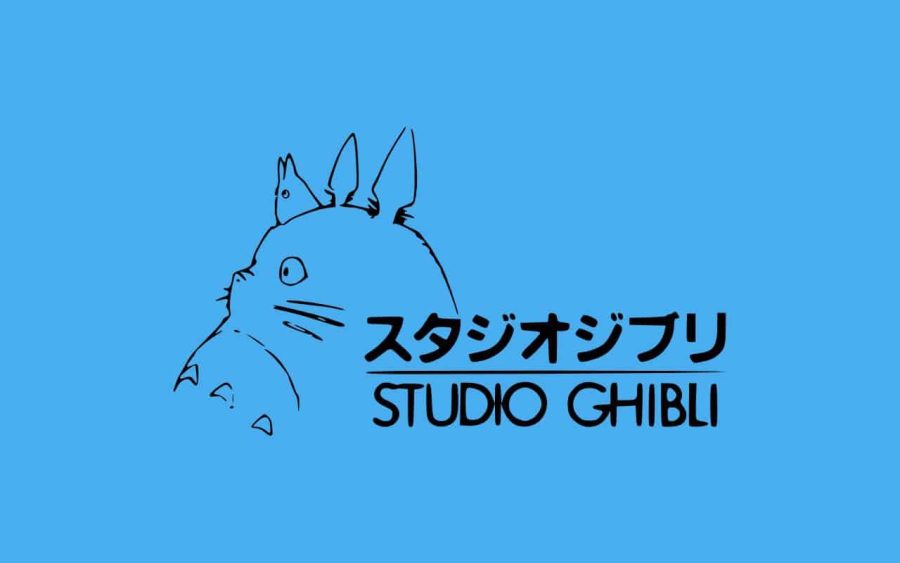


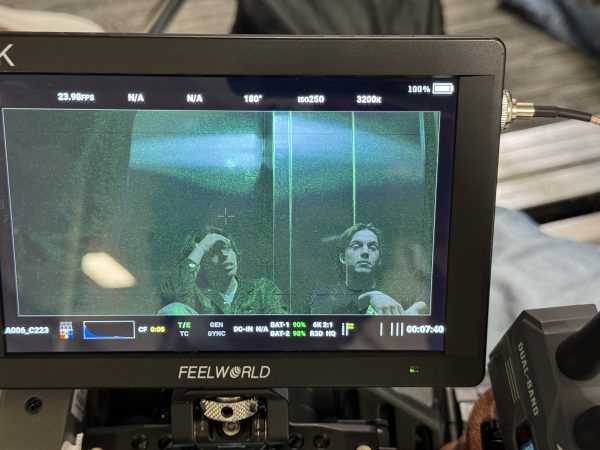
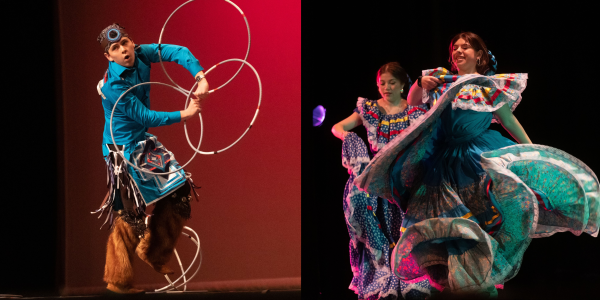
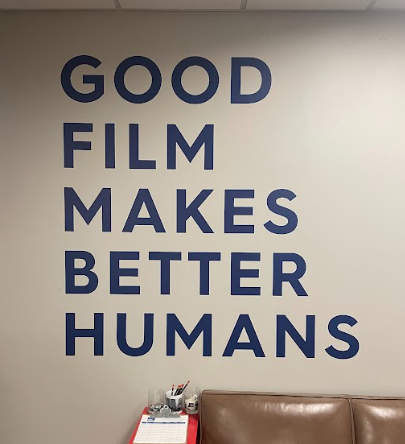

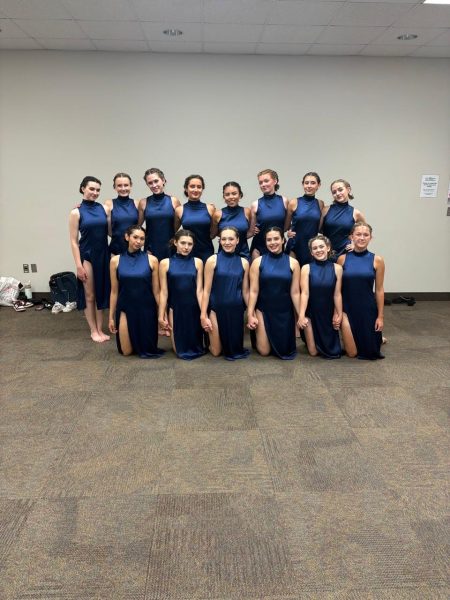
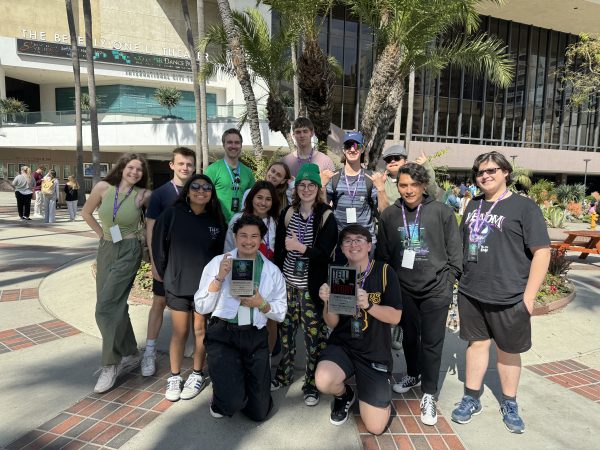

zao • Jan 5, 2022 at 7:51 AM
good